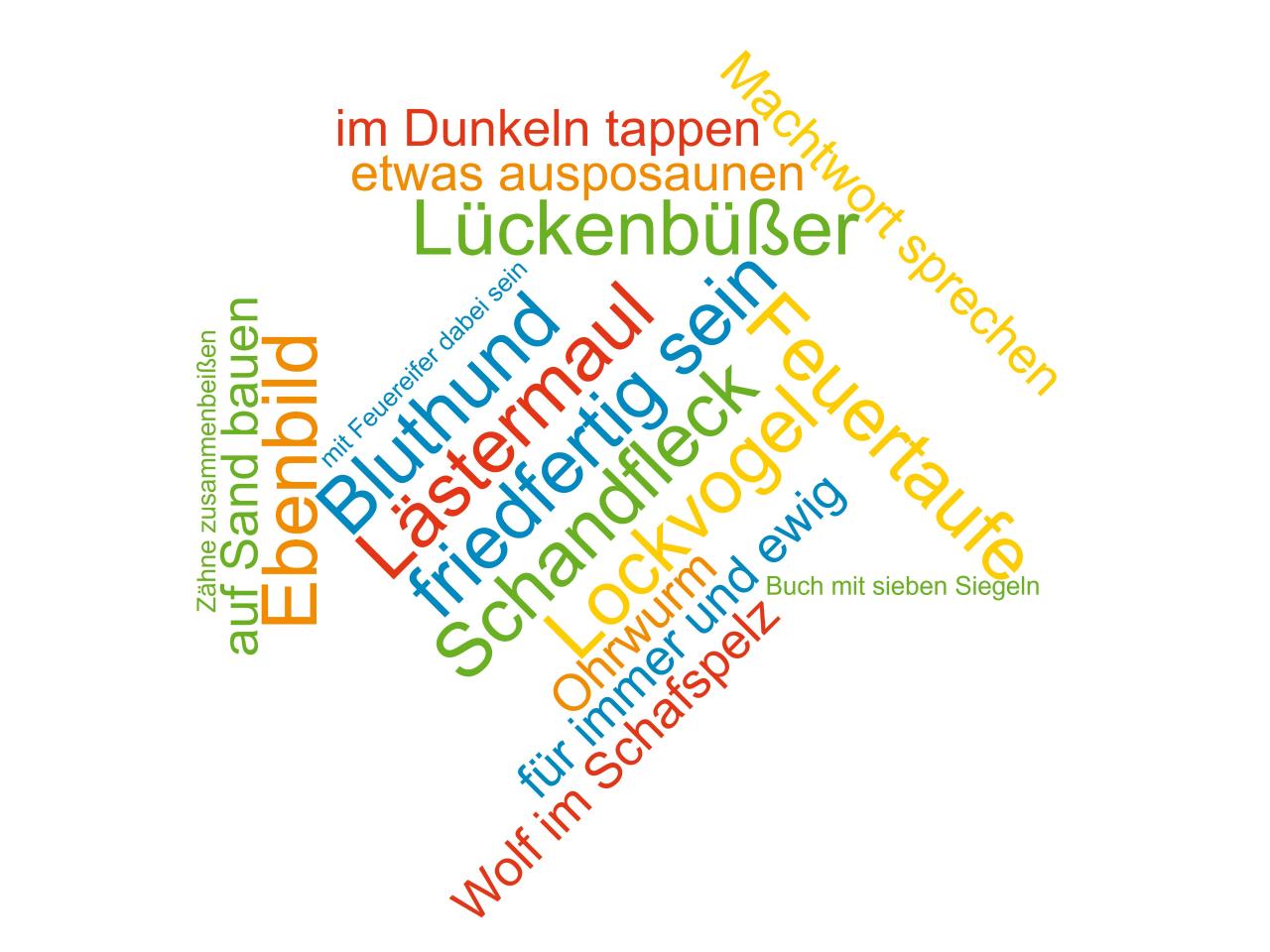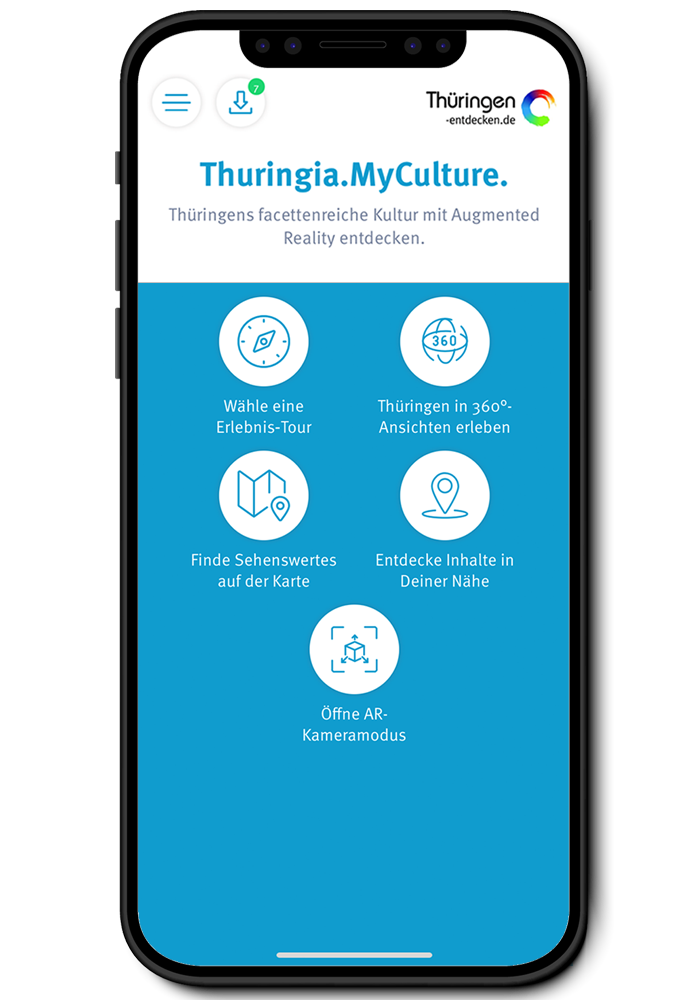Visit the state capital Erfurt and go on a virtual discovery tour through Thuringia.
Powerful words
Speaking in letters
Martin Luther exemplifies the power of words. Indeed many of the phrases he coined are still found in the Duden dictionary of the German language today.
On the subject of the eminent lexicographer Konrad Duden: he championed the idea of a unified German language and wrote the first ‘Duden’ edition in Thuringia.
Thanks to these two men, we speak and write a common language here in Germany. You could say that, in many ways, Thuringia was the birthplace of a standardised and comprehensible German language.
Luther’s translation: for the common people
By translating the Bible, Luther made the Holy Scriptures accessible to ordinary people. Up until that point, the Latin Vulgate Bible had been widely used. But it was mainly only scholars who were versed in written Latin.
Luther used the Latin version and the original Greek and Hebrew versions for his translation of the New Testament. He did not render the text word for word, but used figurative language. He created idioms and sayings, and conveyed images through words that could be understood by everyone. Luther looked at how the ordinary people spoke. Under the guise of Squire George, he translated this part of the Bible at Wartburg Castle in only eleven weeks, and, in so doing, laid the foundations of the German language.
Today, the words that Luther created are still used in everyday German. How else could we tell that special person in our life that we will love them für immer und ewig (for ever and eternity)?
Further word creations by Martin Luther:

Tip: When visiting Wartburg Castle, be sure to take a look inside the Luther Room. This is where the great reformer sat at his desk, contemplating his translation of the New Testament.
‘500 Years of the New Testament at Wartburg Castle’
Exhibition at Wartburg Castle, Eisenach
A library of treasures
Most people have had a Bible in their hand or at least seen one. But what about a Bible that is over 500 years old – an original Luther Bible? It consists of two large, thick volumes with dark binding and brass clasps. What makes it so special is that it features beautiful illustrations, with some even embellished in gold.
This priceless work is on display at the Duchess Anna Amalia Library in Weimar. The library’s holdings also include works by other great luminaries, such as Friedrich Schiller and Johann Wolfgang von Goethe. Schiller’s private book collection is among the many treasures that are stored in the library. The collection features writings that Goethe himself had given Schiller, such as his bildungsroman ‘Wilhelm Meister’.
The two friends, Schiller and Goethe, were masters of language who enriched the world through their writing. With the German language firmly established by then, they both created works that not only shaped future generations but also struck a chord with their own contemporaries. One was Duchess Anna Amalia, who would meet with the two great poets as well as other leading lights from Weimar’s literary and cultural circles at her residence in Tiefurt. Both poets inspired one other and the Weimar Classicism movement. Famous works that originated during this time include Goethe’s ‘The Sorcerer’s Apprentice’ and Schiller’s ‘The Glove’.
Take a look at the New Testament from the Luther Bible.
When words weigh heavily upon us
Having a common language that everyone understands can have a hugely positive impact, as Martin Luther proved beyond doubt. But he also showed that language can be put to ill-use. Luther himself was not only harshly critical of the Jews, but his anti-Semitic writings and statements were seized on by the National Socialists during the Third Reich.
In 1939, an ‘Institute for the Study and Eradication of Jewish Influence on German Church Life’ was founded at Wartburg Castle. The choice of location implies a connection to Martin Luther, as it was here that he translated the New Testament, and the National Socialists used numerous writings and quotations for their own ends. The members of the institute altered hymn books and sections of the Bible to remove Jewish references.
The special exhibition ‘Study and Eradication.The Church’s “Dejudaization Institute” 1939–1945’ at the Luther House in Eisenach looks back on this dark chapter in the history of Germany and the German language.
‘Dialogue with the Luther Bible. Wartburg 21’
Experiment at Wartburg Castle, Eisenach
The history of the Reformation in Eisenach
Information on Luther
Title: ©Candy Welz, Klassik Stiftung Weimar
Noch mehr Welt übersetzen ...

















